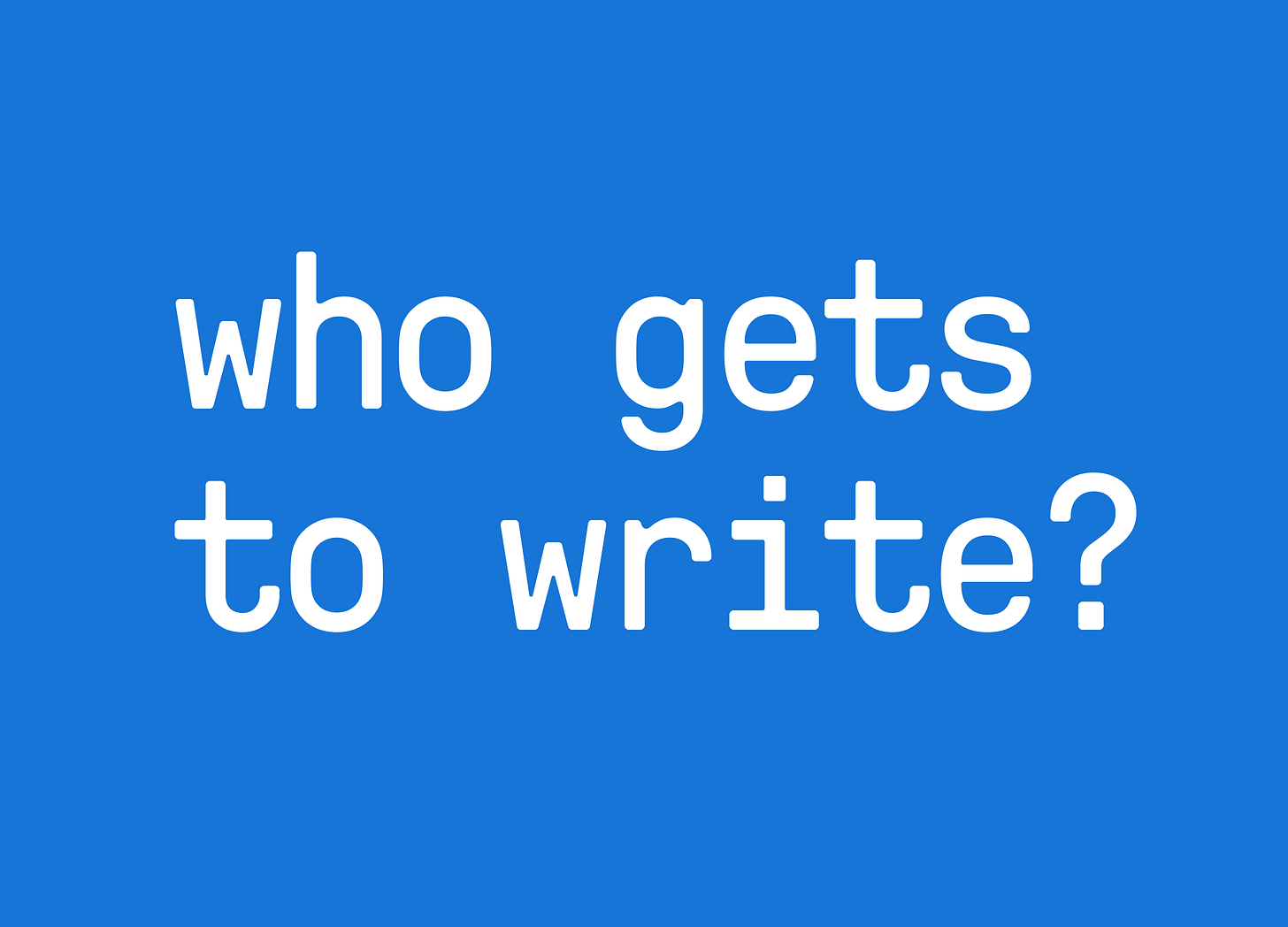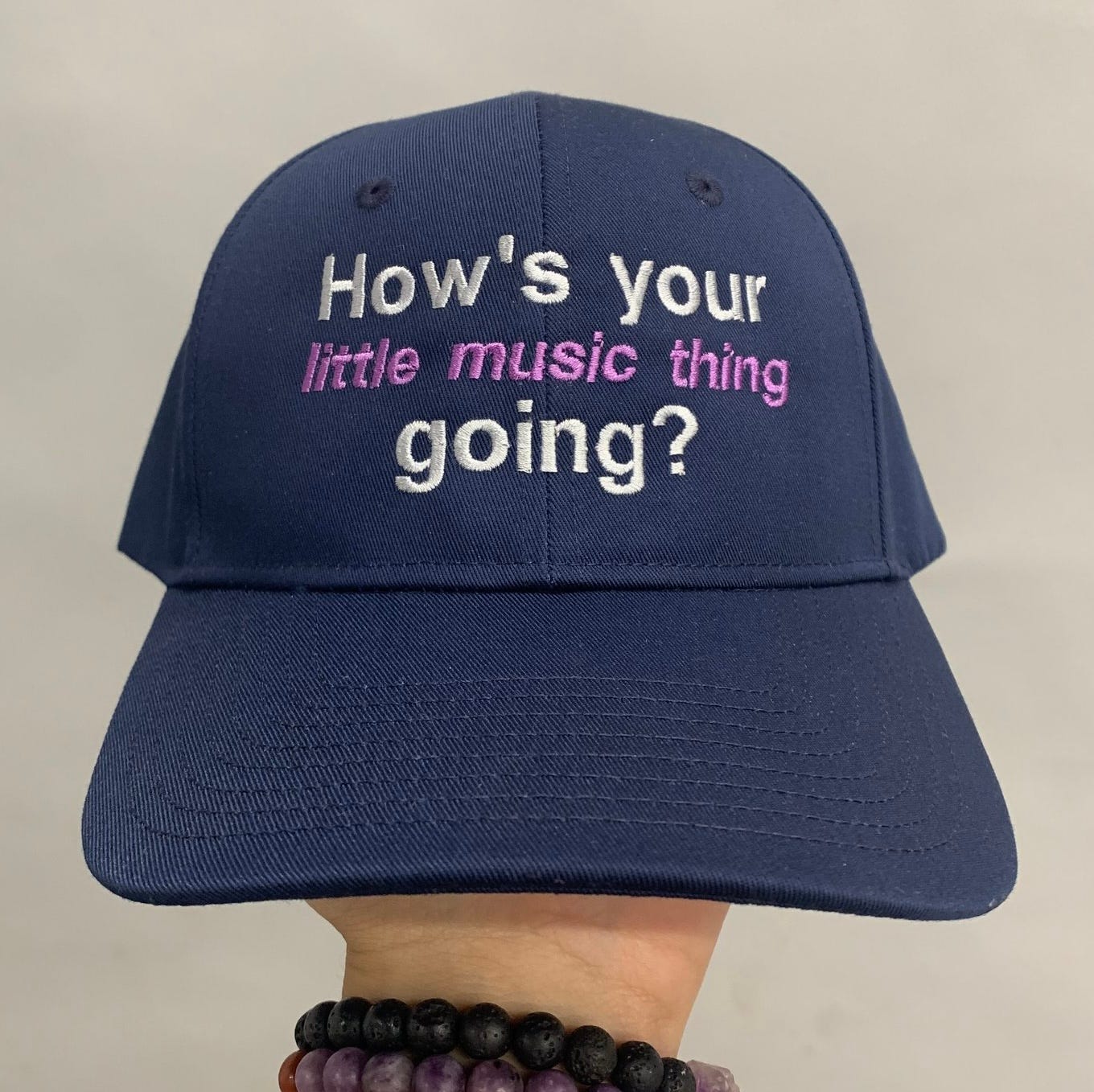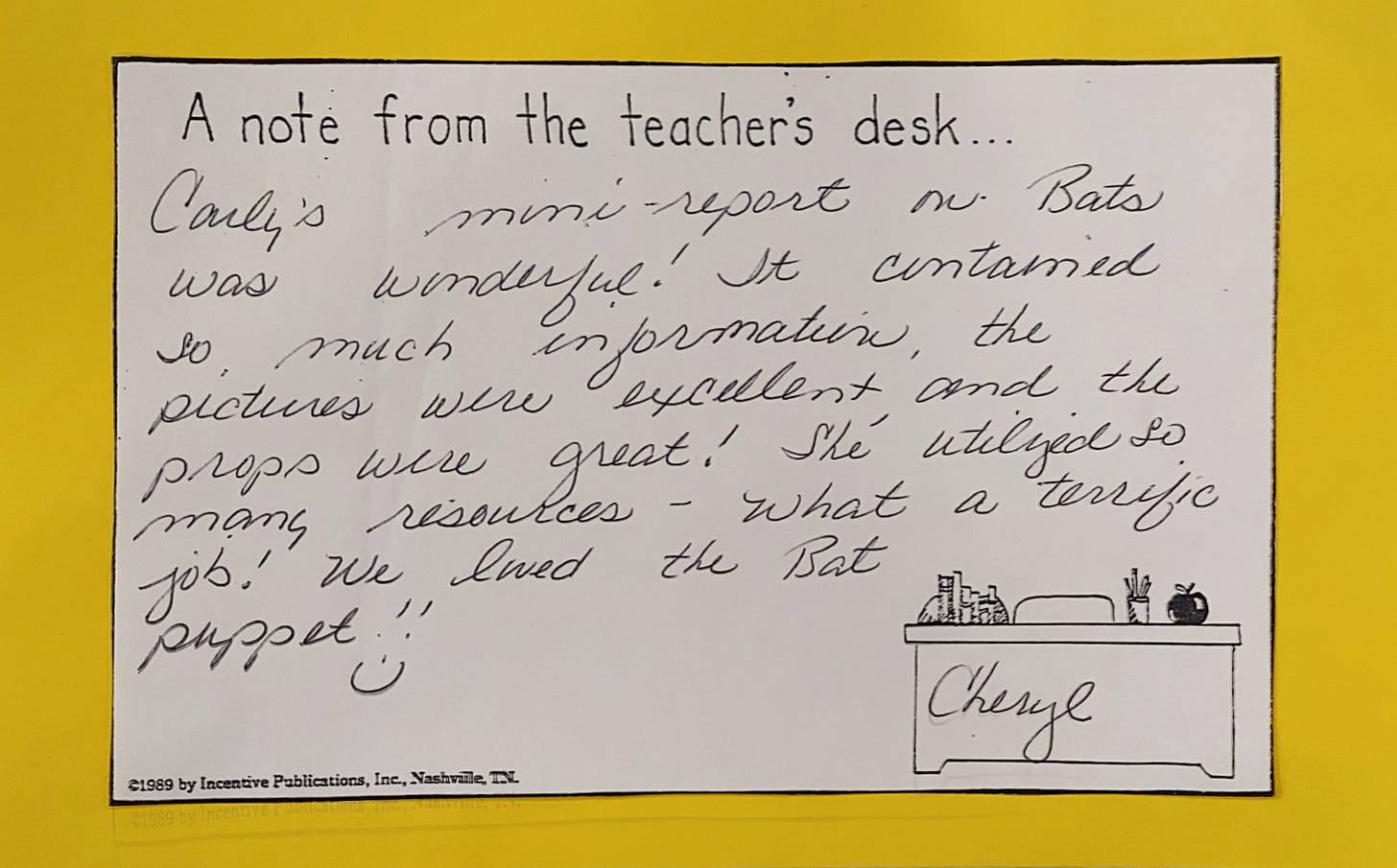When anyone with an internet connection can become a “content creator” the lines blur. Amateur or professional? Artist or entrepreneur? Today, unpacking the paradoxes facing creators, sparked by Emily Sundberg’s newsletter on the state of Substack and online writing.
TLDR: Emily, known for her sharp takes on business and culture, set off a firestorm. She argues that Substack is redefining “writer,” flooding the platform with mediocre content. The response? A mixed bag. Some agreed, others cried elitism, praising Substack’s democratizing effect.
The democratization dilemma
The rise of platforms like Substack has flung open publishing’s gates. It’s a double-edged sword:
Pro: It’s given voice to perspectives that might never have found a platform in traditional media.
Con: But with built-in monetization features, “There are a lot of people trying to monetize noise,” Emily points out. Ergo, a rush of content that often prioritizes quantity over quality.
This echoes trends on other platforms. As Emily notes: “Substack is making everyone into writers the same way Instagram made everyone into photographers, but there’s one big difference: the entrepreneur thing wasn’t built into Kevin Systrom and Mike Krieger’s original vision.”
To quote an old adage: Capitalism ruins everything. Instagram is no longer social media, it’s entertainment. But, shticks sell. And a girl’s gotta eat.
The monetization machine
Social platforms now bake in monetization. It’s strategic: user value, talent attraction, new revenue. Instagram tacked it on; Substack built around it. This shift lowers barriers for creators but risks market oversaturation.
Substack isn’t alone here. From TikTok to OnlyFans, monetization options abound. We’re living Warhol’s dream—fame hunters chasing that 15-minute spotlight (and bag). We tag brands for free, spawn alt accounts to “connect.” Everyone wants to carve out a little slice of that big platform pie.
Remember when “selling out” was artists’ cardinal sin? Yasi Salek told Dirt: “I’m not sure selling out exists anymore since very few people stand for anything to begin with!” Reality’s messier. Every tweet’s a potential ad, every post sponsorship bait. Art and commerce blur. Today’s challenge? Maintain integrity while making rent.
Curation in the age of abundance
With the sheer volume of content being produced daily, curation is more valuable. Ideally, cream rises. We’d find the best writers, artists, stylists—algorithmically tailored to our tastes. Instead, brand-backed creators often eclipse true talent.
As if the human content deluge wasn’t enough, AI complicates things. DALLE-2 alone spawns 34M images daily. AI-generated text swells the content tide. The risk? Not just quantity, but mediocrity. AI excels at averages, not breakthroughs, optimizing for bland.
Depth in the age of the listicle
Another troubling trend: Content as filler, no killer. A squeeze gel of style over substance. Easily consumed, nutritionally void, unsatisfying. Equally concerning: We gobble it up. People wouldn’t be making this content if we all weren’t reading it! Lists sell. Shticks thrive. We crave spoon-feeding. I can’t even watch a five-minute video without getting bored. We love a bulleted recap, a slide at the end of a talk that summarizes what was said, Obama’s summer reading list.
The rise of the listicle is not new, but in the attention economy of 2024, it has evolved from an occasional tool to the dominant form. Perhaps it’s not just about shorter attention spans, but a desperate attempt to wrangle the information we face daily.
When does curation become a crutch? When does simplification tip into oversimplification? How do we reclaim our attention? (See: Disconnection Practices)
That’s partially why I started this newsletter. I fell into the trap, too—I saw myself thrusting my phone in people’s faces to ensure we were both drinking from the same digital firehose. I’m trying to be a more critical consumer—seeing, thinking, writing. It takes time (usually much longer than I think it will), but I’ve found it rewarding so far. I feel like I’m rewiring my brain in some way. Hm.
Who gets to call themselves a writer?
Last year, in a fiction class, the teacher asked who wrote full-time. I raised my lil’ Zoom hand: “Writer at a tech company, I write blog articles.” I was swiftly humbled with: “That doesn’t count!” Oof. But it illustrates a truth: a writer in one room can be a non-entity in another. Tech writing ≠ literary fiction. A writer in tech differs from one in media, literature, academia, or journalism. Each field has its own definition of ‘writer’—often exclusive to those already in the room. It’s a reminder that the title writer is as much about context and perception as it is about the act of writing itself.
Once upon a time, the title of “writer” was reserved for those with bylines in prestigious publications or books on shelves. It was also a bit cringe. (“How’s your little writing thing going..?”) Today, the (flood)gates are open. Those paid to Substack, question the legitimacy of others on that same platform. So, what defines a writer in 2024? Is it the paycheck, the platform, the audience, or something more intangible? The answer, it seems, is as complex as the digital ecosystem itself.
Navigating the chaos
Where do we go from here? How do we keep platforms open while fostering quality? Should we revive Blogger? Launch a new platform? Buy more magazine subscriptions? I’m a writer not an economist, but here’s a list (because we love those):
Quality > quantity. One thoughtful piece trumps daily fluff.
Create critically. Ask: “Why does this need to be said? …By me? …Now?”
Curate creatively. Don’t just regurgitate, apply your lens.
Embrace nuance. Go deep, find the soft squishy parts, and poke.
Use AI wisely. Let it handle grunt work; you bring the unique perspective.
Yes, we can create easily digestible content without sacrificing depth. Yes, we can build a brand without losing our voice. Yes, all of these things are writing. Whatever you call yourself—writer, curator, artist, filmmaker—just be a good one.
What’s your take on this content paradox? Have a list to share? Drop it below.
—C








